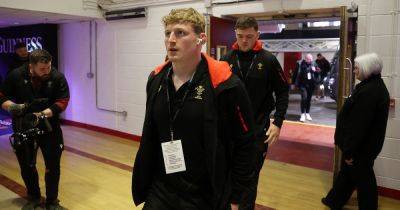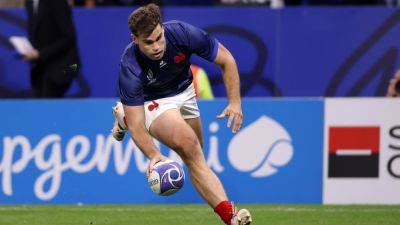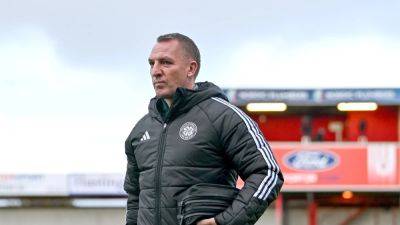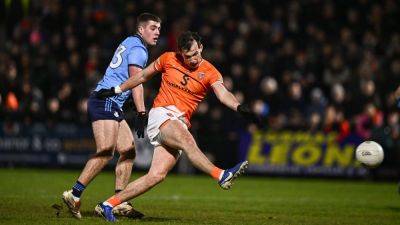GAA is losing 'to a double-edged sword' of superclubs and rural population decline
As the population shifts from rural to urban areas, the GAA is "losing blood to a double-edged sword", according to John Harrington, chief correspondent of the GAA's official website.
In an article published on the sport's body's website, Harrington references a map that illustrates how almost half of the island's population lives in a sliver down the east coast of Ireland. Yet just 18.6 per cent of GAA clubs exist in this region.
He said this demonstrates the rapidly changing demographics of this country and how it is the biggest challenge faced by the GAA.
"Rural GAA clubs are struggling to field teams because they just don’t have the numbers, while urban GAA clubs have major issues catering for the surging populations in their catchment areas," Harrington writes.
"Ireland’s increasing urbanisation is a challenge of which the GAA has been aware for a very long time.
"Back in 1971, the report of the McNamee Commission noted that “the Association is weakest where the population is increasing; it is strongest where the population is declining.
"In the intervening 54 years the situation has gone from bad to much worse, to the point that the Association is now faced by a “catastrophic” vista."
Harrington referenced the chair of the GAA’s National Committee on Demographics, Benny Hurl, who said successive governments have "allowed rural depopulation to occur".
“More and more and more people are gravitating towards the towns and the cities. We are where we are now and we're sleepwalking into something that’s going to be catastrophic," Hurl said.
"We are at a crossroads. There are so many clubs out there that are under huge pressure and it’s not just a rural issue, it’s an urban one too."
Hurl equated the loss of a local GAA








